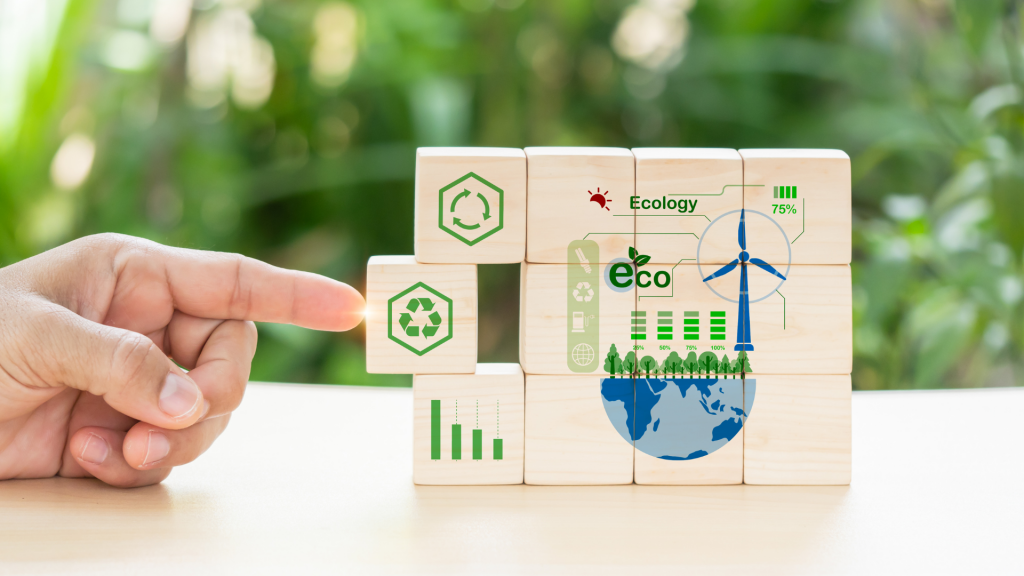
We live in a world in which the linear economy, based on the extraction of resources, production, use and subsequent elimination of waste, has proven unsustainable, something that has led to the emergence of the circular economy. Every year, we generate tons of waste that not only contaminate the environment, but also exhaust the natural resources of the planet.
The circular economy arises as an alternative to this unsustainable model, which seeks to reduce waste, increasing the reuse and recycling of materials.
What is the circular economy?
The circular economy is an economic concept that seeks to reduce the environmental impact through the reuse and recycling of materials. Instead of continuing and consuming in an excessive way, it seeks to close the life cycle of materials and products, so that waste becomes resources for new products.
To achieve this, it focuses on three fundamental principles: the elimination of waste and pollution, the design of products and processes to last longer and the regeneration of natural systems.
In this way, it is sought not only to reduce the environmental footprint of production and consumption, but also create a more efficient and sustainable system.
The impact it has had on the environment
The circular economy has a significant impact on the environment, since it reduces the generation of waste and decreases the dependence of natural resources, this achieves it by reusing and recycling materials, the need to extract new raw materials is reduced, which translates into a decrease in the environmental impact of production.
In addition, it also seeks to prevent materials from becoming waste, this reduces the number of pollutants that reach rivers, seas and land.
Similarly, it has a positive impact on the mitigation of climate change. The reduction of greenhouse gas emissions is one of the main objectives of the circular economy, since it seeks to reduce the need to produce new materials and products, which translates into a decrease in energy consumption and the emission of greenhouse gases.
On the other hand, the circular economy also encourages innovation and the development of new technologies, this by looking for more efficient and sustainable ways to produce, as well as consuming. This is about the creation of new technological solutions that can have a significant impact on the environment.
Circular economy as a sustainable alternative
The circular economy is a sustainable alternative to the linear economy model that has been proven unsustainable over time. When closing the life cycle of materials and products, waste generation is also reduced and dependence on natural resources is reduced.
In addition to this, it has a positive impact on the mitigation of climate change and encourages innovation and the development of new technologies.